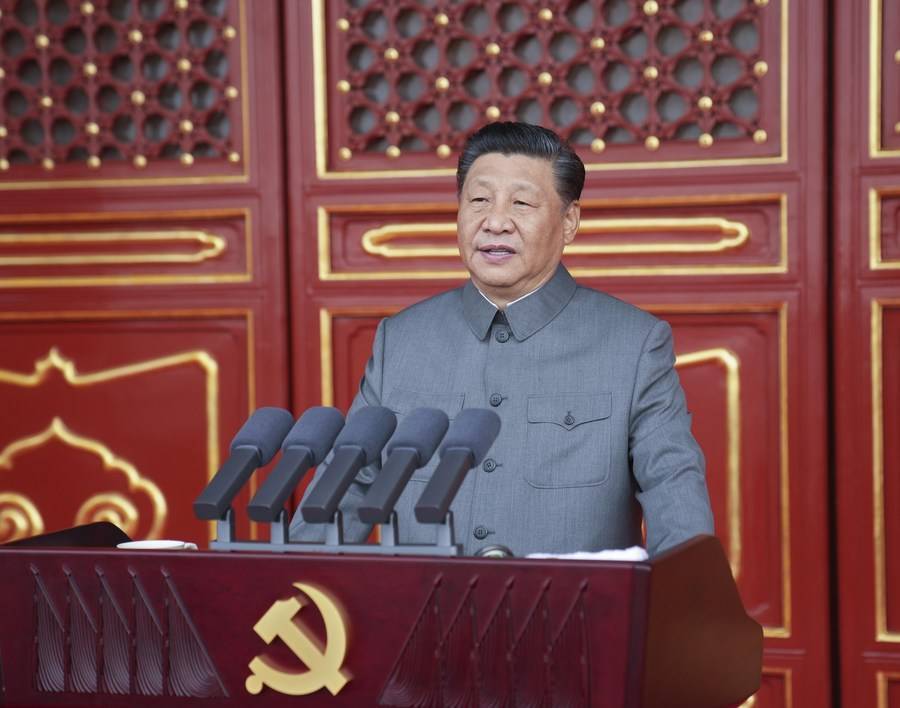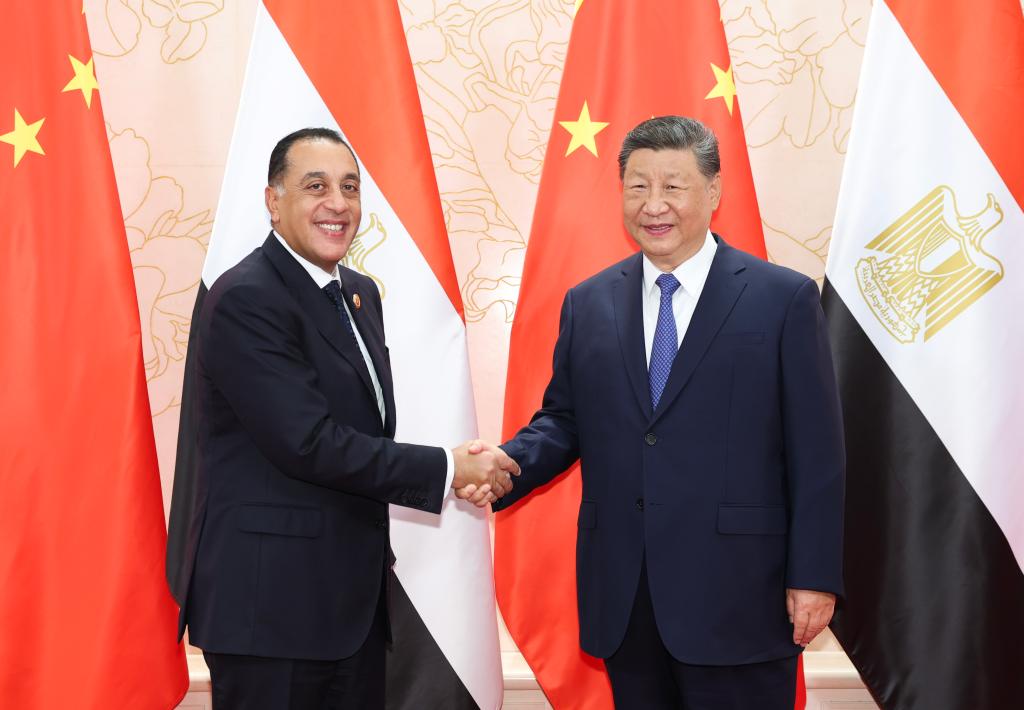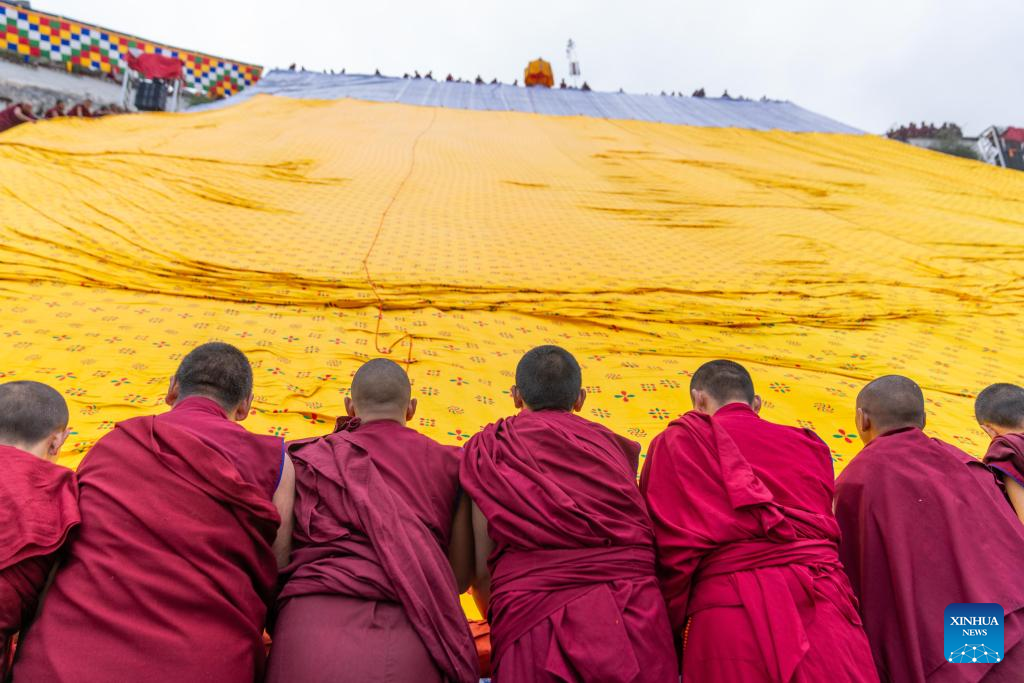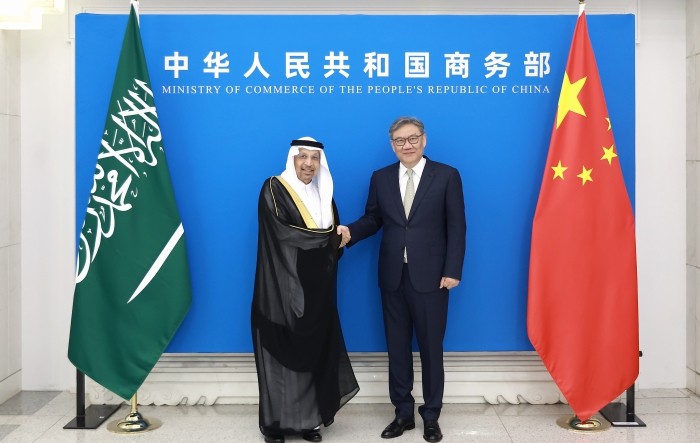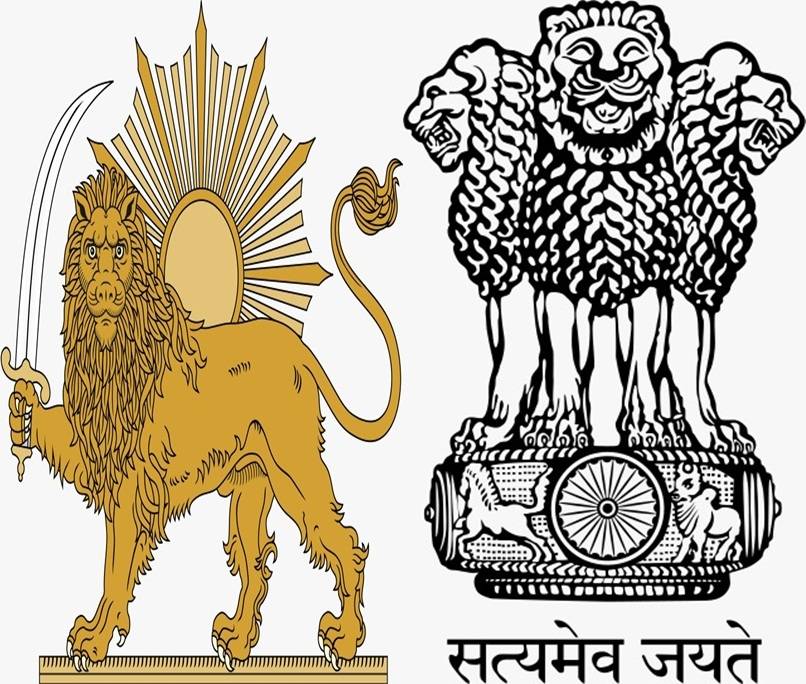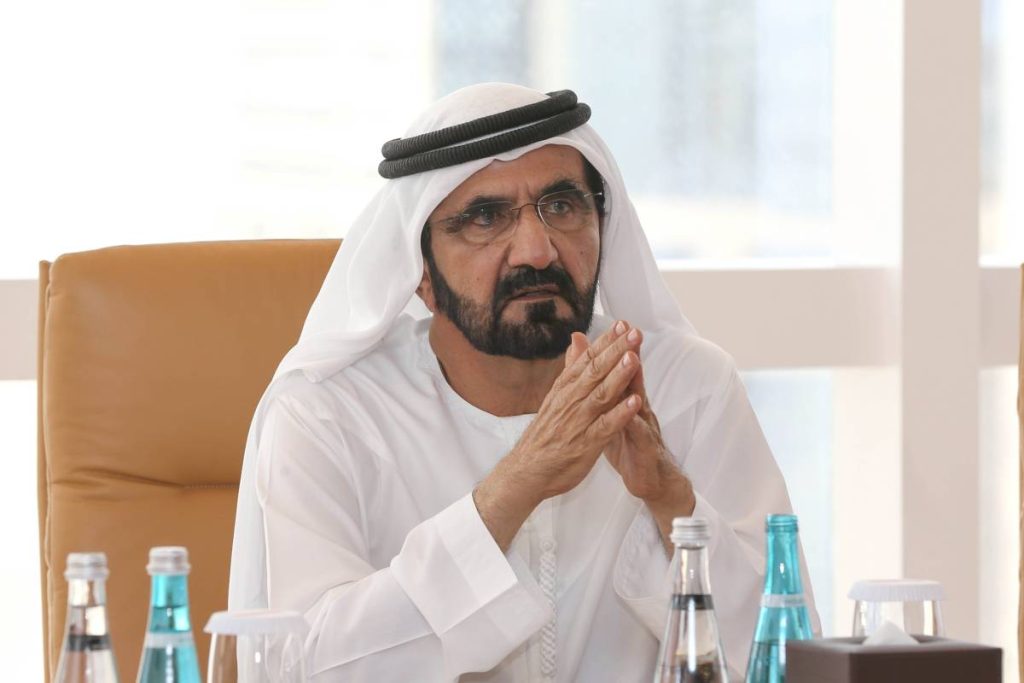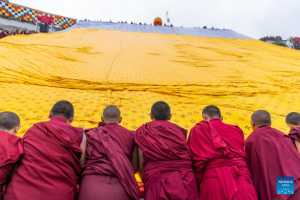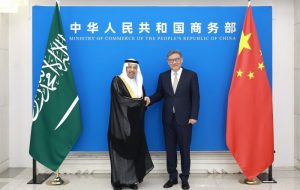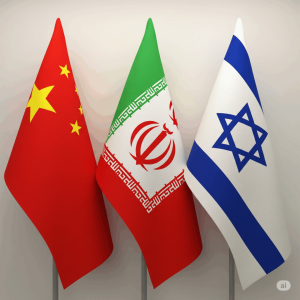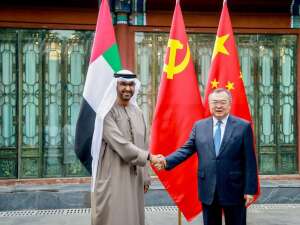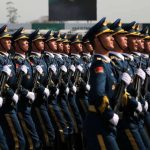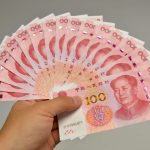The Chinese figure skater Zhu Yi, who fell during her performance, faced tremendous backlash and hate posts prompting social media giants in China including Weibo and Douyin to delete tens of thousands of posts…writes N.C. Bipindra
The recently concluded Winter Olympic Games in Beijing were in the news for many reasons. While a Russian biathlon participant took her grievance about meagre and unpalatable food to social media, another fellow Russian courted controversy after she tested positive for a banned substance. The journalists who first reported the story of Russian skater Kamila Valieva’s positive drugs test faced death threats and abuse.
The Chinese figure skater Zhu Yi, who fell during her performance, faced tremendous backlash and hate posts prompting social media giants in China including Weibo and Douyin to delete tens of thousands of posts. But perhaps the most significant development was the diplomatic boycott by some countries, led by the United States, of the Winter Olympic Games due to China’s ‘egregious’ human rights violations in the Xinjiang region against Uyghur Muslims.
In fact, in the report titled World Report 2022, Human Rights Watch has accused China of ruthless repression of civil liberties and human rights in Xinjiang and Hong Kong, even under the guise of COVID restrictions.
This systematic suppression and ‘re-education’ of China’s Muslim population is but a mere strand in President Xi Jinping’s grand design of renewed drive towards Sinicization – a term that euphemistically implies a process by which non-Chinese societies come under the influence of Chinese culture. In practice, however, the reality is much harsher and more unpalatable.
Take for instance the Chinese government’s efforts to erase the unique identity of Uyghurs and other Turkic Muslims. In January last year, a CNN investigation examining satellite imagery concluded that over 100 traditional Uyghur cemeteries had been destroyed. In August, another satellite imagery revealed that Xinjiang authorities had built over 260 “massive” detention structures, lending credibility to accusations of arbitrary detention of Turkic Muslims. Imagery also points to large-scale ‘re-styling’ of mosques where the domes and minarets have been removed in several places.
The story repeats in Tibet where China’s incessant authoritarianism has led thousands of Tibetans, including their spiritual leader the 14th Dalai Lama, to seek asylum in progressive societies. The devastation of Tibet by Chinese military that started with an unprovoked invasion in 1950 has been described in graphic detail in Heinrich Harrer’s memoir Seven Years in Tibet which was later made into an award-winning eponymous feature film.
Seventy years later, things have not changed much and Tibetans continue to suffer China’s repressive regime as the Dalai Lama spoke about “too much control” by “narrow-minded Chinese communist leaders” in November 2021. Coincidentally, March 10 was the 63rd anniversary of the Tibet Uprising Day, in which thousands of Tibetans gathered in defiance of Chinese invasion in 1959. This peaceful protest was violently crushed by the Chinese government.
Hong Kong too has a similar narrative where the pro-democracy activists are systematically targeted under Draconian laws. In Inner Mongolia, where the four million ethnic Mongols are in minority, the Chinese Communist Party has adopted less indurate but nonetheless oppressive measures.
In October 2020, the Chinese government intervened to stop an exhibition on Mongol history and culture in France, following which the Director of that museum complained of “tendentious elements of rewriting aimed at completely eliminating Mongolian history and culture in favour of a new national narrative”. Earlier in April, Xi Jinping warned a delegation from Inner Mongolia, which had protested against switching of medium of instruction in schools from Mongolian to Chinese, of ‘consequences’.
China uses state machinery not only silence ethnic minorities but also mainstream dissenters. China’s #MeToo movement gained new traction after more women came forward to accuse well-known men of sexual harassment. In November 2021, tennis star Peng Shuai went missing and was silenced after alleging that she had been sexually assaulted by former vice premier Zhang Gaoli.
Jack Ma, Alibaba founder and former chairman, has not made any public appearance since January 2021 triggering speculations about his disappearance after he criticised China’s financial regulators and banks in a speech. It is also rumoured that he was forced to step down by the authorities.
In the aftermath of Covid-19, the CCP’s censorship around the Wuhan anniversary sought to purge voices that questioned the official narrative. Activists were detained and outspoken relatives of people who died from the virus were harassed. Foreign media persons have been routinely prevented from reporting facts, as evident most recently in reporting of the floods in Zhengzhou this July 2021.
In sum, the Sinicization playbook has three steps – One, the Sinicization of religion. This is evident in Chinese efforts at ‘re-styling’ Buddhism and Islam with ‘Chinese Characteristics’. Two, ideological ‘re-education’, which implies snuffing out ethnic identities and imposing communist ideology. This ‘re-education’ will obviously begin in schools by typecasting impressionable minds. Three, China will isolate dissenters. This is done by actions such as banning of social media platforms like Twitter, imposing restrictions on, including policing of, the internet, incarcerating popular leaders, denial in international forums, and weaving a miasma of misinformation.
Why the World Must be Wary?
It will be simplistic to assume that the process of cultural and ideological ‘assimilation’ that Xi Jinping has embarked upon will be limited only to China. To be sure, the primary focus of Sinicization is indeed the dissenting minorities within China. However, it is evident that China is applying the rules from its playbook to other countries as well, with modifications, of course. One major inclusion is the use of economic muscle to influence susceptible countries. This is evident in the inroads China has made consistently in South East Asia, Central Asia, South America and Africa. Backed by economic power, the CCP machinery is gradually re-shaping the world in its own image.
The Chinese, at an estimated 11 million overseas population, currently comprise the third largest ethnic diaspora globally. Unlike other ethnic migrants, the Chinese diaspora serves as a tool of influence, not only for the promotion of China’s culture and language, but also for the facilitation of lobbying for business purposes, economic growth and diplomatic purposes.
ALSO READ:China cracks down on live-streaming video games
Traditionally, they form big communities to enhance relations within their members and feel at home in a new country. One main challenge is on the economic level; the power of the business of the Chinese migrants has increased and sometimes it has overcome the economy of the host country. In South-East Asia, for example, Chinese migrants dominate business despite forming only a small minority of the population, controlling around 60 percent of the region’s private corporate wealth.
China has succeeded to an extent in its Sinicization effort. It has silenced several countries with huge loans that have now turned into spiralling debt traps. Eventually many debtors would risk sacrificing their sovereign decision-making ability and be beholden to the CCP. Why else would an Islamic country like Pakistan acquiesce in face of the brutal repression suffered by Uyghurs. The Belt and Road Initiative (BRI) will likely promote China’s strategy of Sinicization with the outward flow of Chinese labour and loans to vulnerable regions across the globe. The world must take note of the insidious designs of the CCP before it is too late.
(N.C. Bipindra is Chairman, Law and Society Alliance, a New Delhi-based think-tank. He can be reached at ncbipindra@gmail.com)

